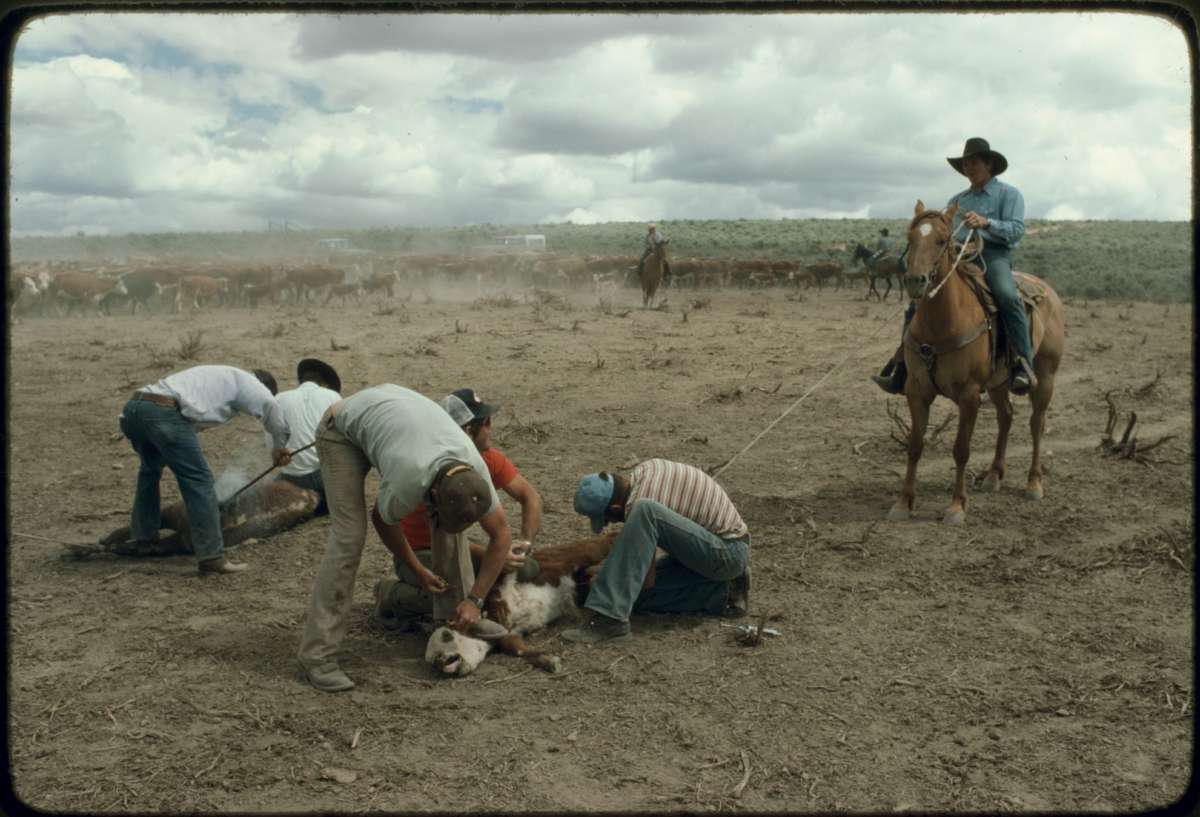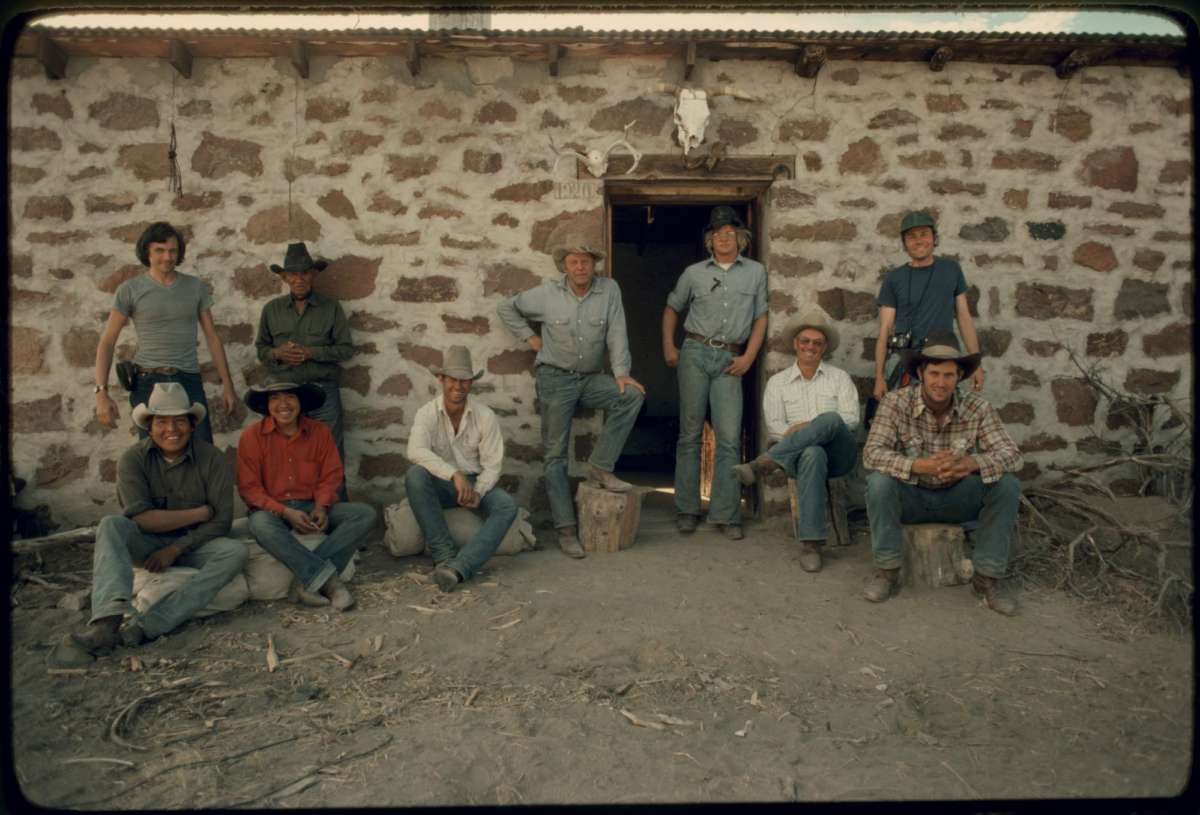How Can We Represent the Diversity of the Ranching West?
Susan Nance
In finding and curating the collection of sources in the Broadview Sources Series title Ranching and the American West I looked at hundreds of primary sources about rural life in the west, and the people, lands, and animals there. That process thus presented some serious dilemmas. There are countless items available, especially for much-studied topic like cowboys, ranching, and the West. Which assortment of sources could I assemble that would accurately represent the rural West in 1790 or 1890 or 1990? There is no single answer to that question. A dozen historians would choose a dozen different combinations of items and we would all be right, just emphasizing different elements of the past.

In planning Ranching and the American West, I thought about what questions about this important but vast topic I could pose and answer for students that would be different than a narrative textbook, a lecture, or single primary source like a memoir. One goal I was determined about was that students would understand the mythology of the West—stoic cowboys and wild horses with manes blowing in the wind kind of stuff—but also what life was actually like for the diverse population there, including cattle and horses. (Yes, I included cattle and horses in my idea of “who” lived in the West. I did so knowing that, in order to avoid a book 500 pages long, I had to largely exclude prairie dogs, bison, wolves, elk, ticks, and others – even here there were difficult choices to make.)
They make Hispanic and Indigenous People especially present in the book, while asking students to consider the power disparities that nonetheless persisted by considering who is pictured, how so, and why so.
An important goal was to show students glimpses of the western past that give a sense of the lived reality there, in all its glory and ingloriousness. Photographs proved especially important since they revealed what people actually looked like in a variety of historical settings—when they were tired and distracted, or working hard, or hoping to look presentable in public on rodeo day. Since textual sources tend to privilege middle and upper-class white, male voices, photographs are also a crucial way to see the diverse reality of Western history. They make Hispanic and Indigenous People especially present in the book, while asking students to consider the power disparities that nonetheless persisted by considering who is pictured, how so, and why so.
Here was a perfect excuse to show students images from one of my favorite collections at the Library of Congress, “Buckaroos in Paradise.” Part of the American Folklife Center collections, it contains hundreds of photographs, drawings, and other records of ranch life collected by a team of historians, anthropologists, folklorists, archaeologists, and photographers in Nevada’s Paradise Valley between 1978 and 1980. Their aim was to document “the Nevada cowboy, the buckaroo, presenting a realistic vignette of the cowboy in American social history,” as the collection description explains. Some of the ranches they documented were founded by Basque immigrants to the US who employed ranch hands from local settler communities and the Fort McDermitt Paiute and Western Shoshone Tribe, members of whom had English surnames like Brown, Smart, and Northrup.
The American Folklife Center team especially focused on labor issues, taking many photographs and conducting interviews with ranchers and their hired men, asking about and documenting their work with horses and cattle. They also created detailed drawings and photographic studies of tools and work spaces, such as the inside of the ranch house or the equipment at a far-flung bunkhouse where men stayed when working on remote sections of range for extended periods. The collection defies the myth of the cowboy as uniformly white and solitary, while speaking to many Americans’ romantic fascination with cowboys and ranching nonetheless.

As a child of the 1970s myself, I will be honest and tell you that the faded Kodachrome look of the old slides in the “Buckaroos in Paradise” collection was central to the appeal of these images for me. They remind me of happy times in my own past when I was surrounded by people wearing those same haircuts and work clothes. My dad was an archaeologist. Many summers I visited his archaeological digs in rural Kentucky, hanging out with grad students and faculty researchers, all of whom labored in close contact with the land, soil, and weather, just like ranch families and their hired men in Nevada did in those years, and still do.
Was it a bit subjective to choose historical sources grounded in my personal history in a rural place? Nope. Every historian’s view of historical sources and the past is shaped by their own experience and their own scholarly decisions about what aspects of the past matter today. The work of history is an ongoing conversation. It requires a diversity of sources and historians in order to approximate the whole past.
In Ranching and the American West, photographs from the “Buckaroos in Paradise” collection appear just after excerpts of interviews conducted around the same time with Mexican-American families at Texas’s famous Kenedy and King Ranches. That text included ranch women discussing the division of labor, men explaining when and how they learned to ride and rope, and other facts of daily life that contrasted with some of the settler accounts of ranching that appear elsewhere in the book. My hope was that students would use what they learned from the Texas source immediately before to read between the lines of the Nevada “Buckaroos in Paradise” photographs. I ask them to think not only about what they do see in the collection, but also what they suspect might be missing. Some of the most interesting primary sources, after all, are those that don’t seem to have all the answers and raise new questions.
